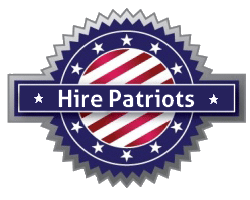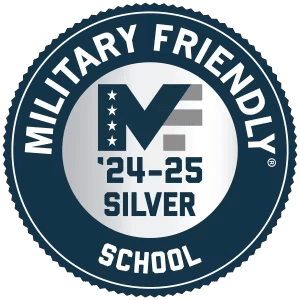After you earn your commercial driver’s license (CDL), there are many different types of jobs that you will be qualified for. You can increase your job opportunities by obtaining additional CDL endorsements, which are separate written tests you take to demonstrate knowledge and skills related to specific types of truck driving. One example is the doubles/triples endorsement, which allows you to drive a long combination vehicle or LCV.
What you should know about double and triple trailers:
What is a Long Combination Vehicle?
A combination vehicle is a tractor unit with one or more attached trailers. A long combination vehicle is a tractor that has two or three trailers instead of one. Passing the standard CDL exam allows you to drive combination vehicles with one trailer, such as a standard semi-truck. However, driving an LCV requires the doubles/triples endorsement.
Benefits of LCVs
The main benefit of long combination vehicles is that they can transport more cargo than a normal tractor-trailer. This often translates into higher pay-per-mile for truck drivers. Since these types of vehicles also require an additional endorsement, not as many candidates are qualified. This means that passing the doubles/triples CDL test can help you stand out when applying to trucking companies.
Safety Concerns for Doubles/Triples
A combination vehicle will usually require more driving skill to safely operate than a single commercial vehicle. This is true even for standard tractor-trailers and the more attachments there are, the more care a driver needs to take.
Some factors to be aware of when driving an LCV:
“Crack-the-Whip” Effect
When you make a turn too quickly, it results in rearward amplification, also known as the “crack-the-whip” effect. This can cause rollovers. Longer trucks with more trailers can have a higher rate of rearward amplification. In order to drive a long combination vehicle safely, you should steer slowly and gently and be cautious while turning.
Coupling and Uncoupling Trailers
To connect multiple trailers you will need to use a special converter dolly. This is a device that has a fifth wheel mounted on one or two axles. You will need to be sure to understand how to safely couple and uncouple double and triple trailers as doing this incorrectly can be dangerous.
Inspecting Your Vehicle
Proper inspection is essential for safe driving. It is especially important to complete thorough checks for long combination vehicles. With multiple trailers and more parts than a standard semi-truck, you will need to be sure that you have inspected everything.
State Regulations for Long Combination Vehicles
The Surface Transportation Assistance Act of 1982 (STAA) established a National Network (NN) of highways for larger trucks. Within the NN, federal rules and regulations apply for the length and weight of commercial motor vehicles (CMVs). This includes most of the Interstate Highway System, but if you travel through regional areas, you will need to also be aware of state regulations. Some states ban triple trailers or have additional requirements for driving a long combination vehicle.
Earn Your Doubles/Triples Endorsement
At Phoenix Truck Driving School you will have the opportunity to earn three endorsements: hazmat, tanker, and doubles/triples. With these additional qualifications, you will be a prime candidate for a wider range of trucking jobs after graduation.





